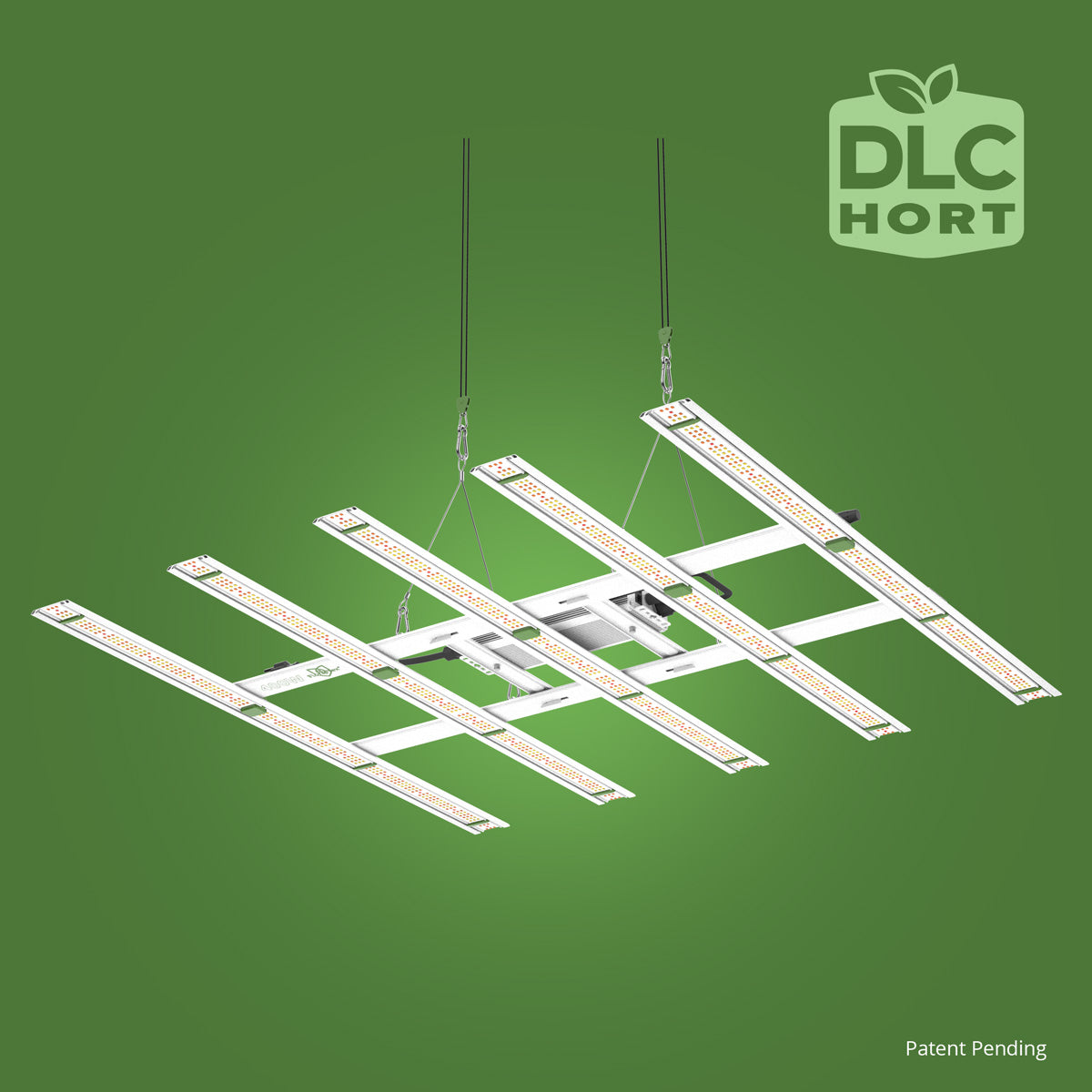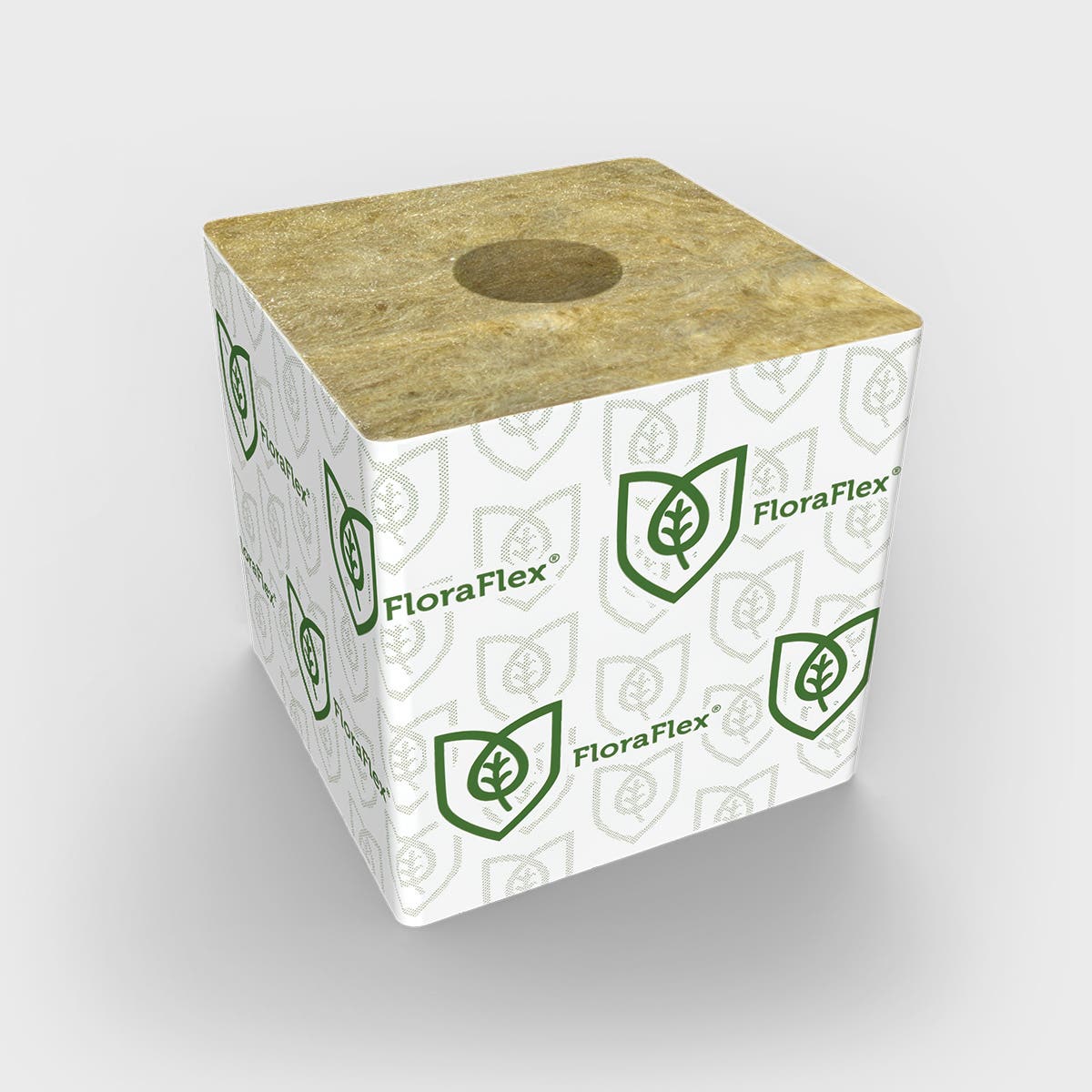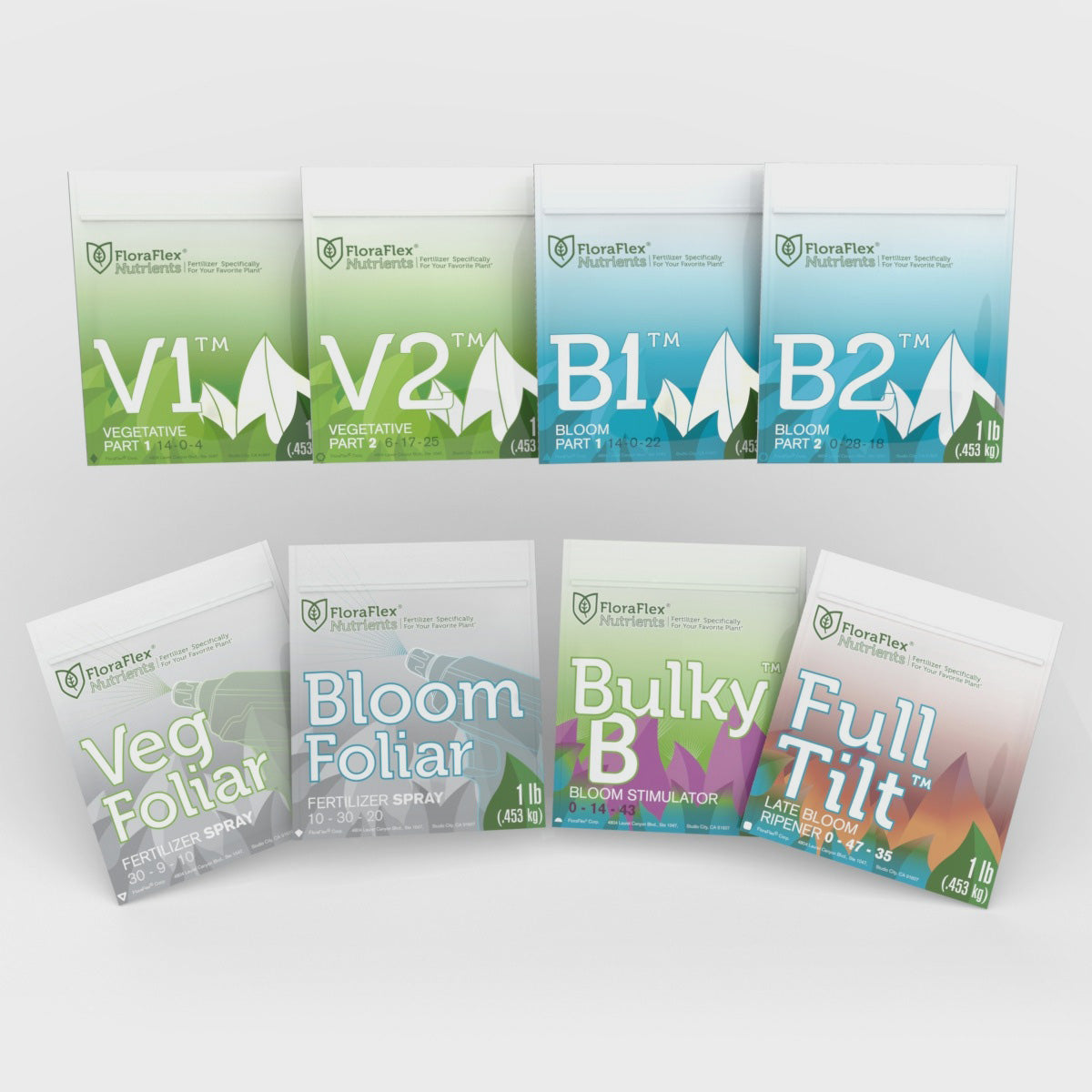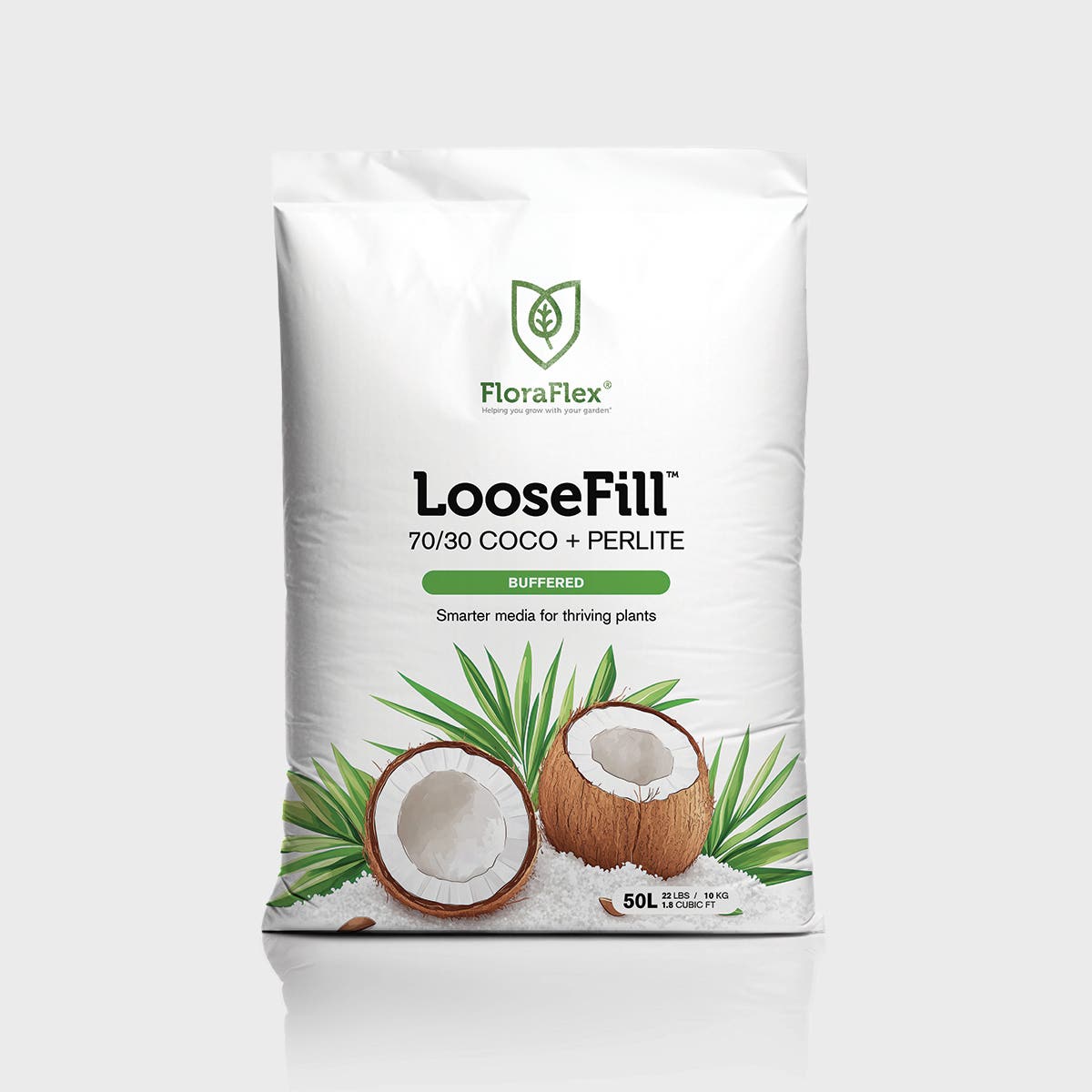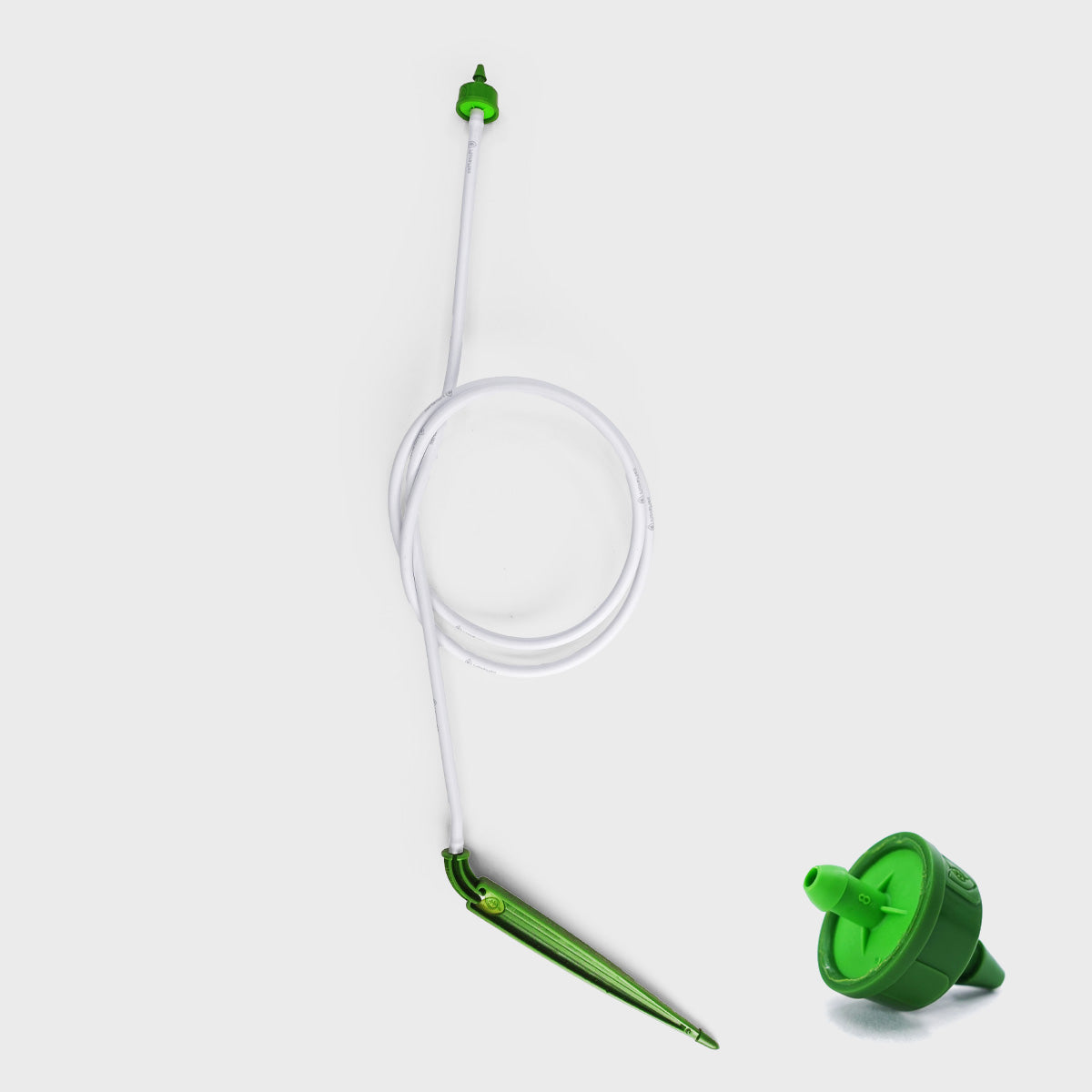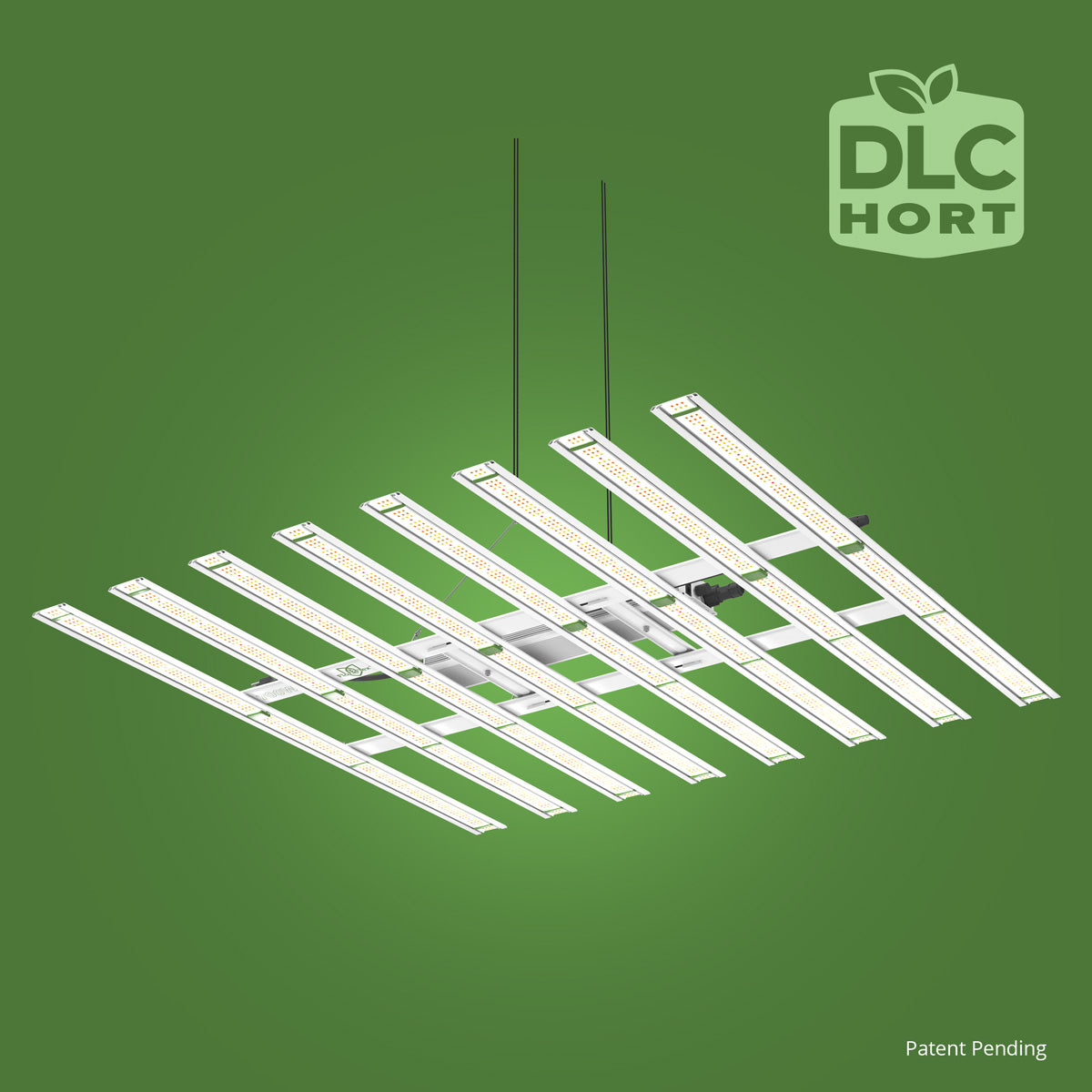Trimming pot plants, also known as cannabis pruning, is a vital practice for maximizing plant health, promoting optimal growth, and increasing yields. Proper trimming techniques not only shape the plant's structure but also help improve light penetration, airflow, and overall bud development. In this SEO-friendly blog, we will delve into essential tips and guidelines for trimming pot plants, empowering you to enhance your cannabis cultivation skills.
- Why Trim Pot Plants:
Trimming pot plants offers numerous benefits for your cannabis garden. It helps remove excess foliage, which improves airflow, reduces the risk of pests and diseases, and enhances light exposure to lower bud sites. Trimming also encourages the redirection of energy and nutrients to top colas, leading to larger, denser buds. Additionally, pruning facilitates the creation of a more manageable and aesthetically pleasing plant shape.
- Timing is Key:
Understanding when to trim pot plants is crucial. While some light pruning and training can be performed during the vegetative stage, it is generally recommended to begin major trimming during the early flowering phase. This allows the plant to recover and redirects its energy toward bud development. Avoid trimming too close to harvest, as it can stress the plant and reduce final yields.
- Tools of the Trade:
Equip yourself with the right tools to ensure clean and precise cuts. Sharp, sterile pruning shears or scissors are essential for minimizing damage and preventing the spread of diseases. Keep alcohol wipes or a solution handy to sterilize your tools between cuts, especially if working with multiple plants.
- Pruning Techniques:
There are several trimming techniques to employ when pruning pot plants, depending on your desired outcome. These include:
- Topping: Removing the apical meristem (top growth) to promote bushier lateral growth and more colas.
- FIMming: Pinching or cutting off a portion of the apical meristem to encourage multiple new shoots.
- LST (Low-Stress Training): Bending and tying down branches to create an even canopy and maximize light distribution.
- Defoliation: Selectively removing large fan leaves to improve airflow and light penetration, particularly in the lower canopy.
- Strategic Trimming:
When trimming pot plants, focus on removing crowded and shaded areas where airflow is limited. Thin out the inner foliage to improve ventilation and light penetration. Trim away any dead or yellowing leaves and pay attention to lower bud sites, ensuring they receive adequate light and air circulation.
- Care and Recovery:
After trimming, your pot plants will require a brief recovery period. Ensure they receive proper nutrients, water, and environmental conditions to facilitate healing and new growth. Monitor for any signs of stress or nutrient deficiencies and adjust your feeding regimen accordingly.
- Training for Higher Yields:
In addition to trimming, consider implementing training techniques such as trellising, scrogging (screen of green), or super cropping. These methods help manipulate the plant's shape, increase bud sites, and optimize light distribution, resulting in higher yields and improved quality.
Mastering the art of trimming pot plants is a fundamental skill for cannabis growers seeking healthier plants, higher yields, and superior bud quality. By understanding the importance of trimming, utilizing proper techniques, and timing your pruning appropriately, you can optimize your cultivation efforts and achieve exceptional results. Embrace the art of trimming and witness your cannabis garden flourish with vitality and abundant harvests.

